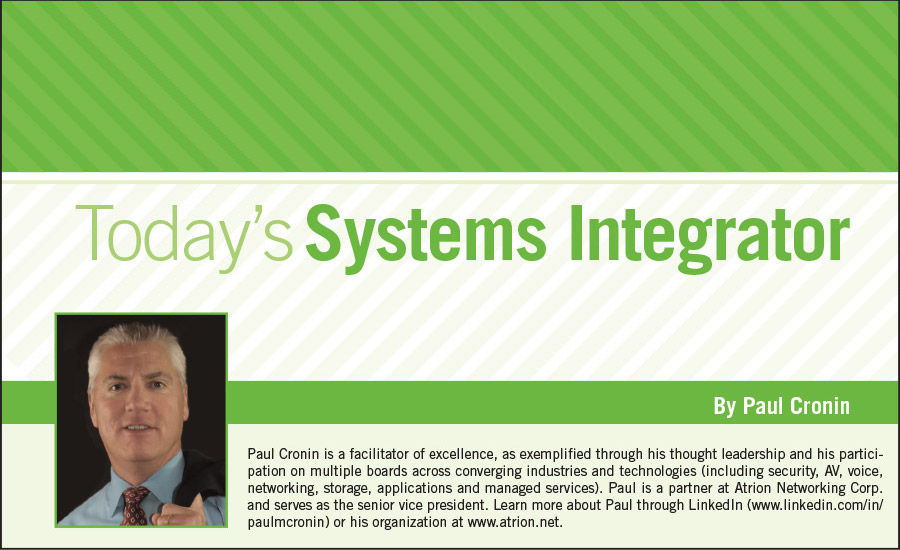I recently had the opportunity to participate in the NSCA’s Business Leadership Conference and the PSA TEC Conference. Both are outstanding events and I always leave with great takaways. This year’s topics centered on the economy, industry trends, business execution, operational excellence — and then there was one other topic that was a little bit of a surprise.
The speaker’s subject matter was “storytelling.” I use storytelling in my Leadership Challenge Workshops and I find it very effective for delivering a message.
The speaker, Kindra Hall, asked the audience, “What is the story that employees tell about your company?” She then asked if sales people and marketing use story telling to engage deeply with clients and drive revenue. I observed that less than 25 percent of the audience’s hands were raised in agreement that their organization used a formal storytelling sales approach.
Hall began to show video of how powerful messaging was used to improve a company’s brand. Examples also showed how sales people engage prospects by telling stories and gaining instant rapport.
When people hear a story, they tend to relate it to their own experiences. Stories invoke memories that stir emotions. A good storyteller takes buyers on an emotional journey. Buyers don’t just recognize where they want to be, they visualize it and feel it. If that emotion is different and better than how they feel currently, they’ll be compelled to do something about it and do it with the person who helped them realize it.
People retain 65 percent of information shared via a story versus only 5 percent to 10 percent of information conveyed through statistics. Today, people are overwhelmed with information from the Internet, thus reducing their attention span. This often makes it more challenging for sales staff to get their messages to stick. Successful storytelling is one of the most critical selling skills since it can help companies increase their sales.
In order for a story to be truly effective, you need to pick the right time. Here are some of the best times for storytelling:
- Presentations. Stories inside presentations call attention, help listeners retain facts, and make information clear and relatable.
- Selling a product or service. Sales stories can express the power of a product or service. Use-cases are particularly effective.
- Introducing yourself/company to a new client. Transform a business into a breathing organization with a mission, values and people who aspire to help others be successful.
- Getting a team to focus and buy in to a goal. This is your ideal “vision” story.
Sales professionals have many different tools in their toolbox. Similarly, a variety of different stories can be told to convey a point. Using the correct type can help produce the action and feelings they want from a client. A few of the approaches are:
- Success stories — communicate your vision and inspire others to act.
- Aspirational stories — demonstrate your personal values to people and create that shared connection. (Customers will know you’re the type that goes above and beyond when they hear how you saved the dog from the frozen river.)
- Clarifying stories — inform listeners of your intentions up front and create trust. Customers often become receptive if you tell them what you’re trying to sell and why you believe in it.
- Company stories — share knowledge and inform others. To be effective these stories need a “wow” moment.
- Elevator stories — personal stories for every employee to share why they do what they do.
Companies need to spend more time creating real-life stories that differentiate them from their competitors. One way that my own organization focused on creating good storytellers was to start a local Toastmaster’s Chapter in our building. It was an incredible success.
I hope to hear your story next time I meet you.
Connect with me on LinkedIn or contact me at Paul@cronincorp.com and I would be happy to share more about the program and other strategies to accelerate revenue.


